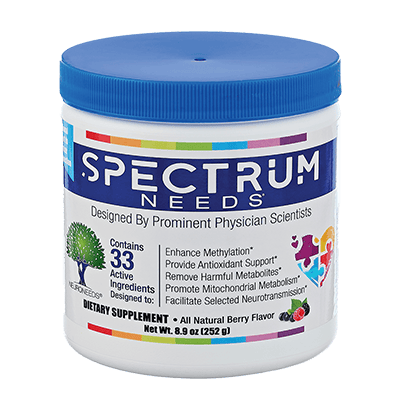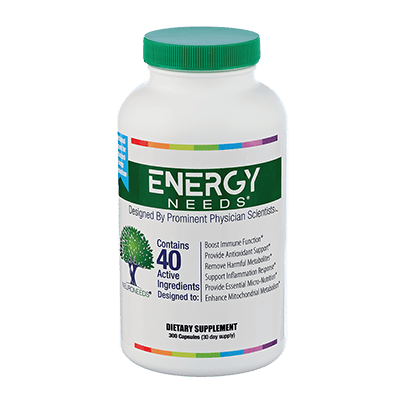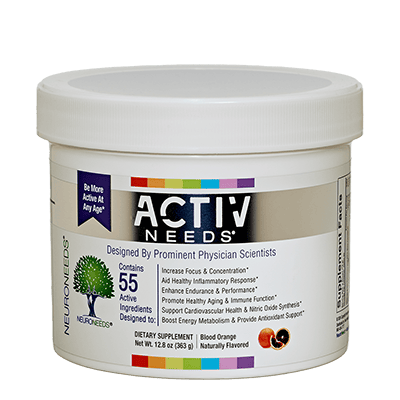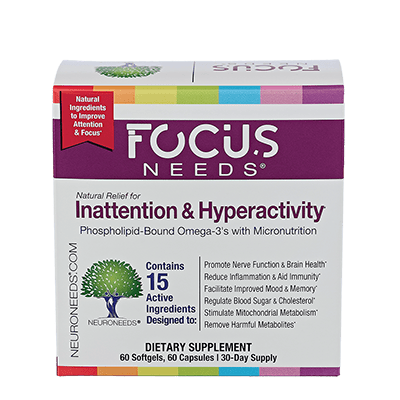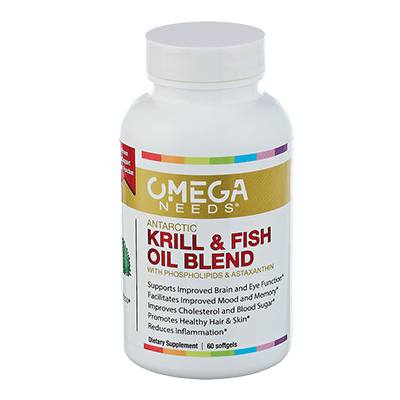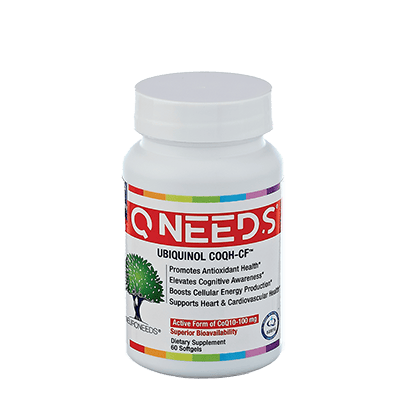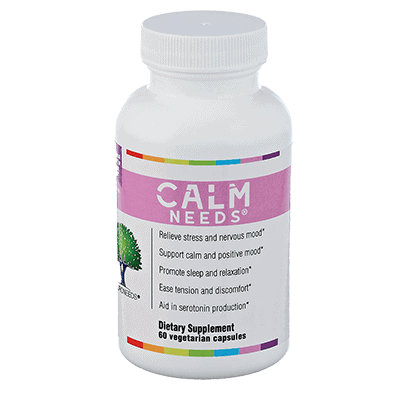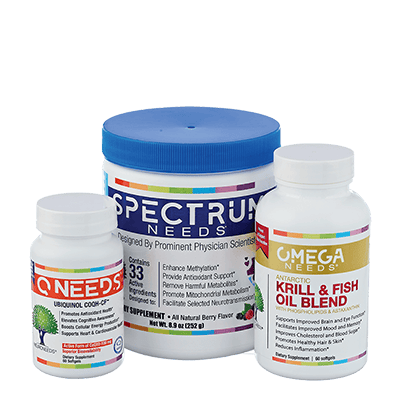By: Richard G. Boles, M.D.; April 20, 2021
Cyclic Vomiting Syndrome
In this 10 minute Video Presentation, Dr. Boles addresses:
- What is CVS, and how is it diagnosed?
- What testing is generally recommended for CVS?
- What are the causes of CVS?
- How is CVS treated in general? What are the outcomes?
- How does Dr Boles treat CVS differently? What are the outcomes?
Cyclic Vomiting Syndrome (CVS) is is a functional disorder defined by similar distinct episodes of nausea and vomiting, with reduced or absent manifestations between episodes. Note that nausea is listed first herein and not vomiting. Despite the name of the disease, nausea is usually the most troublesome symptom, and vomiting might be brief. Additional symptoms may or may not be present during episodes, especially including abdominal pain. When abdominal pain is the most troublesome symptom, patients may be labeled as having abdominal migraine. Other symptoms that can appear during episodes are headache, dizziness, and photophobia (light sensitivity), symptoms that overlap common forms of migraine. CVS, abdominal migraine, and migraine headache are generally thought to be a spectrum of related functional conditions.
Many different conditions have episodic nausea and vomiting. What distinguishes CVS from the other causes is that in CVS the episodes are:
- Multiple: They keep happening.
- Stereotypical: Episodes are all similar to each other.
- Distinct: Nausea and vomiting are much reduced or absent between episodes.
Some patients have nausea/vomiting episodes as their only disease manifestation. However, many (likely most) also suffer from other conditions (comorbidities), particularly other functional issues. Some of the common functional comorbidities to CVS include migraine headache, chronic fatigue, irritable bowel, gastroparesis, depression, anxiety, POTS and/or other forms of dysautonomia. Neuromuscular disease is present in about one-third of patients (“CVS+”), and can include intellectual disability, ADHD, autism, seizures, and/or hypotonia. For a medical paper to help your physician learn about CVS diagnosis and treatment, see North American Society for Pediatric Gastroenterology, Hepat… : Journal of Pediatric Gastroenterology and Nutrition (lww.com)
In my experience, DNA sequence variants that likely serve as risk factors for disease can usually be identified in CVS patients. Whole genome sequencing (WGS) or whole exome sequencing (WES) is routinely ordered in his clinical practice, with the data carefully re-evaluated by himself looking for known and candidate risk factors. In my medical practice, I finds that the genetic information generally improves patient care. In particular, DNA information is often helpful in determining appropriate supplements, which medication to prescribe (if one is needed), and the starting dosing of any medications. For more information on how genetic testing can be helpful in patients with CVS, please see pages 1-4 of the CVSA Code V newsletter by clicking this link. If you are interested in learning more about genetic testing in CVS and/or to learn about the clinical services offered by Dr. Boles, see https://neurabilities.com/neurogenomics and http://molecularmitomd.com.
To see the abstracts (summaries) of Dr. Boles published articles regarding CVS, see https://www.ncbi.nlm.nih.gov/pubmed/?term=boles+rg+cyclic. Many of these studies demonstrate a degree of mitochondrial dysfunction in CVS. Based upon this work, it was shown that most patients with CVS have some degree of mitochondrial dysfunction. While some of these patients have mitochondrial disease as the cause of their CVS, in most of the cases CVS appears to be the result of many factors, of which one is mitochondrial related. This work is important because it suggests that mitochondrial-targeted therapies might be helpful in many (likely most) people with CVS. This is indeed the case in terms of my clinical experience, and the limited studies performed to date. In order to determine and characterize mitochondrial function in his patients, I often order the test MitoSwab Plus from Religen (https://religendx.com/mitochondrial). Mitochondrial-targeted therapies primarily include nutritional supplements, and are often referred to as the “mitochondrial cocktail”. So, which, if any, supplements should a person with CVS take?
The only components of the mitochondrial cocktail that have been published in studies on CVS are coenzyme Q10 (coQ10) and carnitine. Two of the publications were primarily authored by me (https://www.ncbi.nlm.nih.gov/pmc/articles/PMC3163531, https://www.ncbi.nlm.nih.gov/pmc/articles/PMC2825193). While additional components of the mitochondrial cocktail have not been published in CVS, in my clinical experience, outcomes are better when a more complete and robust set of mitochondrial-targeted nutrients are provided. I used to recommend a cocktail of nutrients provided by 5 to 10 different food supplements, including coQ10, carnitine, B complex (containing 8 different vitamins), vitamin C, alpha lipoic acid, magnesium, and often others. This recommendation was oftentimes highly effective in CVS, but time consuming and expensive for families. To provide a better option, I partnered with two others to launch combination supplement products under the start-up company NeuroNeeds®.
The following information are my general recommendations regarding a mitochondrial cocktail for his CVS patients. This information is intended to assist your physician:
- Mitochondrial Cocktail (SpectrumNeeds® or EnergyNeeds®), plus
- Ubiquinol CoQ10 (QNeeds® or another brand)
The exact cocktail he recommends for each of his patients starts with the above, with additional supplements often provided based on the patient’s age, severity of CVS, other disease manifestations, genetic factors, gut absorption, and tolerance of the GI tract to supplements. Thus, supplementation is best done under medical supervision.
SpectrumNeeds®:
- Comes as a powder in two flavors, lemon and berry.
- Consists of 33 different active ingredients to promotes energy metabolism and provide robust antioxidant support.
- Includes coQ10, carnitine, all 8 B vitamins, vitamin C, alpha lipoic acid, and magnesium.
- The remaining active ingredients are additional components of the mitochondrial cocktail as well as a wide base of micro-nutrition. Thus, this product doubles as an excellent multivitamin and mineral supplement.
- Twice daily dosing is recommended in most cases.
- Dosing is by the person’s weight as stated on the label (which Dr. Boles wrote).
- Side effects: Occasional nausea, which is rare if you start at a low dose (e.g. ½ scoop) per dose and work up over a week or so, and if taken with food.
- Blood testing: I obtains at least a free and total carnitine level as well as a 25-hydroxy-vitamin D level in blood. My targeted range is free carnitine and 25OH-vitamin D ≥40 while remaining in the normal range. Blood should be obtained at least a week or two after any change in dosing.
- Available at NeuroNeeds.com.
- To learn more about this product, see https://www.neuroneeds.com/spectrum-needs. Click on the name of any of the 40 active ingredients to learn more about it.
EnergyNeeds®:
- Very similar to SpectrumNeeds®, but as a capsule.
- Consists of 40 different active ingredients to promotes energy metabolism and provide robust antioxidant support.
- Includes coQ10, carnitine, all 8 B vitamins, vitamin C, alpha lipoic acid, and magnesium.
- The remaining active ingredients are additional components of the mitochondrial cocktail as well as a wide base of micro-nutrition. Thus, this product doubles as an excellent multivitamin and mineral supplement.
- Twice daily dosing is recommended in most cases.
- Dosing is by the person’s weight as stated on the label (which Dr. Boles wrote).
- Side effects: Occasional nausea, which is rare if you start at a low dose (e.g. 1 capsule) per dose and work up over a week or so, and if taken with food.
- Blood testing: I obtain at least a free and total carnitine level as well as a 25-hydroxy-vitamin D level in blood. My targeted range is free carnitine and 25OH-vitamin D ≥40 while remaining in the normal range. Blood should be obtained at least a week or two after any change in dosing.
- Available at NeuroNeeds.com.
- To learn more about this product, see https://www.neuroneeds.com/what-is-energyneeds. Click on the name of any of the 40 active ingredients to learn more about it.
Coenzyme Q10 (coQ10) as ubiquinol
- Present in SpectrumNeeds® and EnergyNeeds®, but at a dose insufficient to boost blood levels to my target range.
- Probably the single-most-important nutrient for the treatment of CVS.
- CoQ10 both promotes energy metabolism and serves as an antioxidant.
- Common starting dose:
- Adults and children under 20 kg (44 lbs): 200-300 mg twice daily (400-600 mg a day).
- Children under 20 kg (44 lbs): 10 mg/kg body weight per dose, taken twice daily.
- Side effects: Rare, occasional insomnia from being over-energized can be dealt with by moving forwards in time the last dose of the day. Dreams are more likely to be remembered.
- Ubiquinol is a highly-bioavailable form of coQ10, and is the form that I recommend to my patients. The other form is ubiquinone (but often only labeled as “coenzyme Q10”) is cheaper per bottle, but since you need five times more, is actually more expensive and less effective.
- NeuroNeeds® sells a ubiquinol product called QNeeds® that appears to be more bioavailable that most popular ubiquinol brands, and is in limonene oil (lemon peel) instead of soy oil. QNeeds® is available at NeuroNeeds.com.
- Blood (plasma or serum) testing: My targeted range is 4.0 to 7.0 mg/L (4,000-7,000 mcg/L), which is much higher than the normal level. Blood should be drawn after ≥ 4 hours from last meal or dose, and at least a week or two after any change in dosing. Inform the laboratory that this test requires a special tube and processing.
- QNeeds® is available at NeuroNeeds.com.
- To learn more about this product, see https://www.neuroneeds.com/what-is-qneeds.
Although many milder cases of CVS can be placed in remission by the above nutritional supplements alone, many other people with CVS also require medications. There are multiple medications that have been published to be effective in CVS, and/or are in use by CVS experts. In patients whereas supplements alone are not enough, my clinical practice is to base the choice of medication on multiple factors, including the person’s DNA sequence.
CVS is clearly a complicated disease to treat. In my experience, outcomes are much better in CVS in when an expert in involved in the care plan. A consultation with an expert is also cost effective, in reducing copays and other expenses related to hospitalizations and disability. If it is not practical to consult with a doctor, then I highly recommends that you contact the Cyclic Vomiting Syndrome Association (CVSA) regarding finding another CVS expert (cvsaonline.org). The CVSA may also be helpful for you in other manners as well.
Disclosure: Dr. Boles is the Chief Medical & Scientific Officer for NeuroNeeds LLC, the start-up company that makes SpectrumNeeds®, EnergyNeeds®, QNeeds®, and CalmNeeds®. As such, he may receive financial compensation based upon by efforts and/or the success of the company. You are under no obligation to purchase this or any products, whether recommended by Dr. Boles or another health care provider. As always, it is recommended that you contact your physician regarding these products and all other changes to disease management.
The Content within this article and NeuroNews Blog is not intended to be a substitute for professional medical advice, diagnosis, or treatment. Always seek the advice of your physician or other qualified health provider with any questions you may have regarding a medical condition. Never disregard professional medical advice or delay in seeking it because of something you have read on this Blog.

